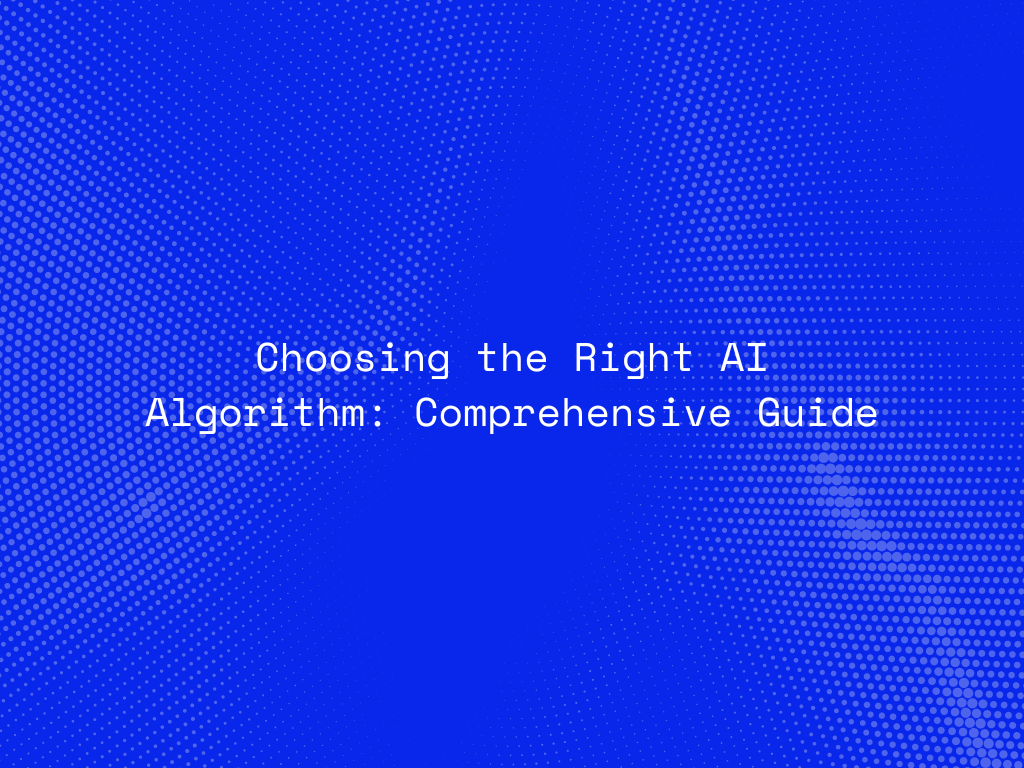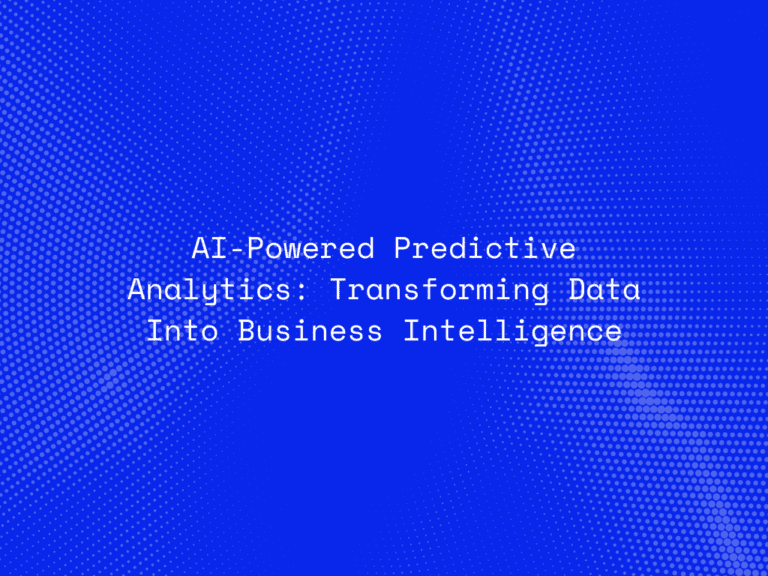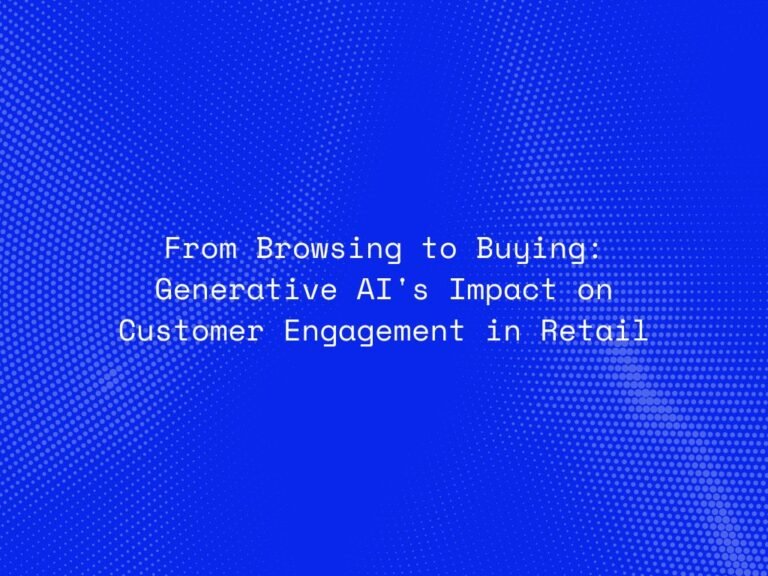Artificial Intelligence (AI) has revolutionized numerous industries by providing innovative solutions to complex problems. However, choosing the right AI algorithm can be a daunting task given the plethora of options available. This guide will walk you through the key considerations and popular algorithms to help you make an informed decision.
1. Understanding Your Problem
Before diving into the types of AI algorithms, it’s crucial to have a clear understanding of the problem you’re trying to solve. AI problems can generally be categorized into:
- Classification: Assigning categories to data points (e.g., spam detection in emails).
- Regression: Predicting continuous values (e.g., house price prediction).
- Clustering: Grouping similar data points together (e.g., customer segmentation).
- Recommendation: Suggesting items based on past behavior (e.g., movie recommendations).
2. Key Considerations
When choosing an AI algorithm, consider the following factors:
- Accuracy: How accurate does the model need to be?
- Interpretability: Do you need to understand how the model makes decisions?
- Training Time: How quickly does the model need to be trained?
- Scalability: Can the model handle large datasets?
- Resource Availability: What computational resources are available?
Connect With Us
3. Popular AI Algorithms
Here’s a breakdown of some popular AI algorithms and their applications:
Supervised Learning Algorithms
-
Linear Regression
- Use Case: Predicting continuous values.
- Example: Forecasting sales.
-
Logistic Regression
- Use Case: Binary classification problems.
- Example: Predicting whether a customer will buy a product (yes/no).
-
Decision Trees
- Use Case: Classification and regression.
- Example: Credit risk assessment.
-
Support Vector Machines (SVM)
- Use Case: Classification.
- Example: Image recognition.
-
Neural Networks
- Use Case: Complex patterns and feature extraction.
- Example: Speech recognition, image classification.
Unsupervised Learning Algorithms
-
K-Means Clustering
- Use Case: Grouping data into clusters.
- Example: Market segmentation.
-
Hierarchical Clustering
- Use Case: Creating a hierarchy of clusters.
- Example: Genealogy mapping.
-
Principal Component Analysis (PCA)
- Use Case: Dimensionality reduction.
- Example: Reducing the number of features in a dataset.
Reinforcement Learning Algorithms
-
Q-Learning
- Use Case: Learning policies for decision-making.
- Example: Game playing (e.g., chess, Go).
-
Deep Q Networks (DQN)
- Use Case: Complex environments requiring deep learning.
- Example: Robotics, autonomous driving.
Connect With Us
4. Matching Algorithms to Problems
Here are a few scenarios with suggested algorithms:
- Spam Detection: Logistic Regression, Decision Trees, Neural Networks.
- Price Prediction: Linear Regression, Neural Networks.
- Customer Segmentation: K-Means Clustering, Hierarchical Clustering.
- Product Recommendation: Neural Networks, Collaborative Filtering.
5. Experimentation and Tuning
Selecting an algorithm is just the beginning. Fine-tuning the model through hyperparameter optimization, cross-validation, and feature engineering can significantly impact performance. Tools like Grid Search, Random Search, and automated machine learning (AutoML) platforms can aid in this process.
6. Staying Updated
The field of AI is rapidly evolving, with new algorithms and techniques being developed continuously. Staying updated through research papers, online courses, and industry conferences is crucial for leveraging the latest advancements.
Conclusion
Choosing the right AI algorithm requires a deep understanding of your problem, the data at hand, and the specific requirements of your application. By considering the key factors and experimenting with different algorithms, you can develop effective AI solutions tailored to your needs.




